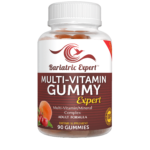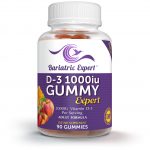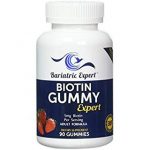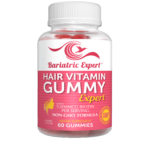The basics we need to know.
Maneuvering your way around the grocery store can feel like a gigantic maze designed to make you feel confused. We have labels on foods items shouting out how healthy they are for us on the front packages but when you turn them over, and look at the nutritional label, what are you looking for? Sure, the labels are so valuable to help make healthy choices but they seem so confusing at the same time.
How hard can it be to decipher food labels? Does the food industry make it more difficult for us to understand the labels? I feel that the best way to comprehend food labels is to break them down into sections, one at a time. Start with serving side and then move to calories, protein, fat, sodium and carbohydrates. Work through them one by one and the more you do this, the more you will be able to understand them.
We look at our food labels for different reasons. Whatever your reasons may be, it is wise to know how to use the information that is given on the labels to make fast, informed food choices that contribute to an overall healthy lifestyle. In general, look for foods that are low in sodium and trans-fat. When it comes to the % daily value, this can help you to quickly gage whether the food is high or low in a particular nutrient.
If the daily value is 5% or less, it is low in that nutrient and if it has a value of 20% or above, the food is considered high in that nutrient. The percentage daily value or %DV will also help you to know and understand how nutritious a food actually is. It is based on eating 2,000 calories a day. The %DV is based on how much of a specific nutrient you should have every day.
Serving Size is located right on top of the Nutrition Facts:
We use serving size to understand portion size. This doesn’t mean that you need to eat the entire serving. It means that the typical user of this product eats “X” portion size.
Calories will be the next section to follow.
This tells us for the typical portion of food, you will gain “X” amount of calories when you eat that portion. From this point you can compare different products of the same food-type to see which ones are higher and lower in calories. I am not a calorie fanatic and I don’t personally believe in the “calories in and calories out” theory but I do think it is an important starting point when reading food labels.
Total Fat will be found under the calories listed.
The fat section will be broken down into three parts. First up is the total fat, followed by saturated fat and followed by trans-fat. Trans fats are the fats that we are trying to completely avoid. The best number to see on your food label next to the trans-fat section is 0.
Total Carbohydrate
Is up next and there is a lot of controversy right now when it comes to discussing carbohydrates. This isn’t a lesson in food nutrition but a lesson in reading labels so I am going to keep this to the point. Choosing better types of carbohydrates is important for your health. The food label can help you to understand how many grams of carbohydrates are in any specific product but it is not going to tell you the quality of carbohydrates in the product.
Dietary Fiber
Is next up under the carbohydrate section. Fiber is your friend and if you choose foods that are higher in dietary fiber, you will feel fuller for longer.
Sugars
Come next on the food label. We are all trying to watch our sugars so the lower this number is, the better off we are. Be aware of sugars and other sweeteners that do not necessarily call themselves sugar but there are a lot of names for sugar, such as corn syrup, maple syrup, rice syrup, honey, molasses, barley malt or many things that end in the letters “ol”, such as maltitol, sorbitol or “ose” endings like fructose or dextrose.
Protein
Is highlighted next. Proteins are one of our macronutrients – the other two are fat and carbohydrates. You want to find foods that provide you with protein such as meat and dairy products. A percentage daily value for protein is not required on the label.
In general, when it comes to the percent daily value, this can help you to quickly gage whether the food is high or low in a particular nutrient. If the daily value is 5% or less, it is low in that nutrient and if it has a value of 20% or above, the food is considered high in that nutrient.
During your next few trips to the grocery store, give yourself some additional time to look carefully at the products and at their food labels. It gets easier as you read more labels and once you have found your healthy “go to items”, grocery shopping becomes easier and quicker.
You are worth it and your health is also worth it !

About the Author: Sheri Burke is a Registered Holistic Nutritionist and Bariatric Surgery Coordinator at International Patient Facilitators in Tijuana and Cancun, Mexico. She has worked with bariatric surgery clients for over 10 years and especially enjoys providing nutritional guidance to pre and post bariatric clients. In her free time, she enjoys spending time with her husband and two teens and cooking up a nutritional storm in the kitchen.
For bariatric patients Bariatric Expert Amazon Line
Time for a “bariatric expert” multivitamin? Here is a perfect way for bariatric patients to get it now on Amazon: Bariatric Expert MultiVitamins.
Eat Like a Bariatric Expert with our Nutrition Plans.
Feel free to share your victories and struggles in our Facebook Group. I would love to connect with you.







